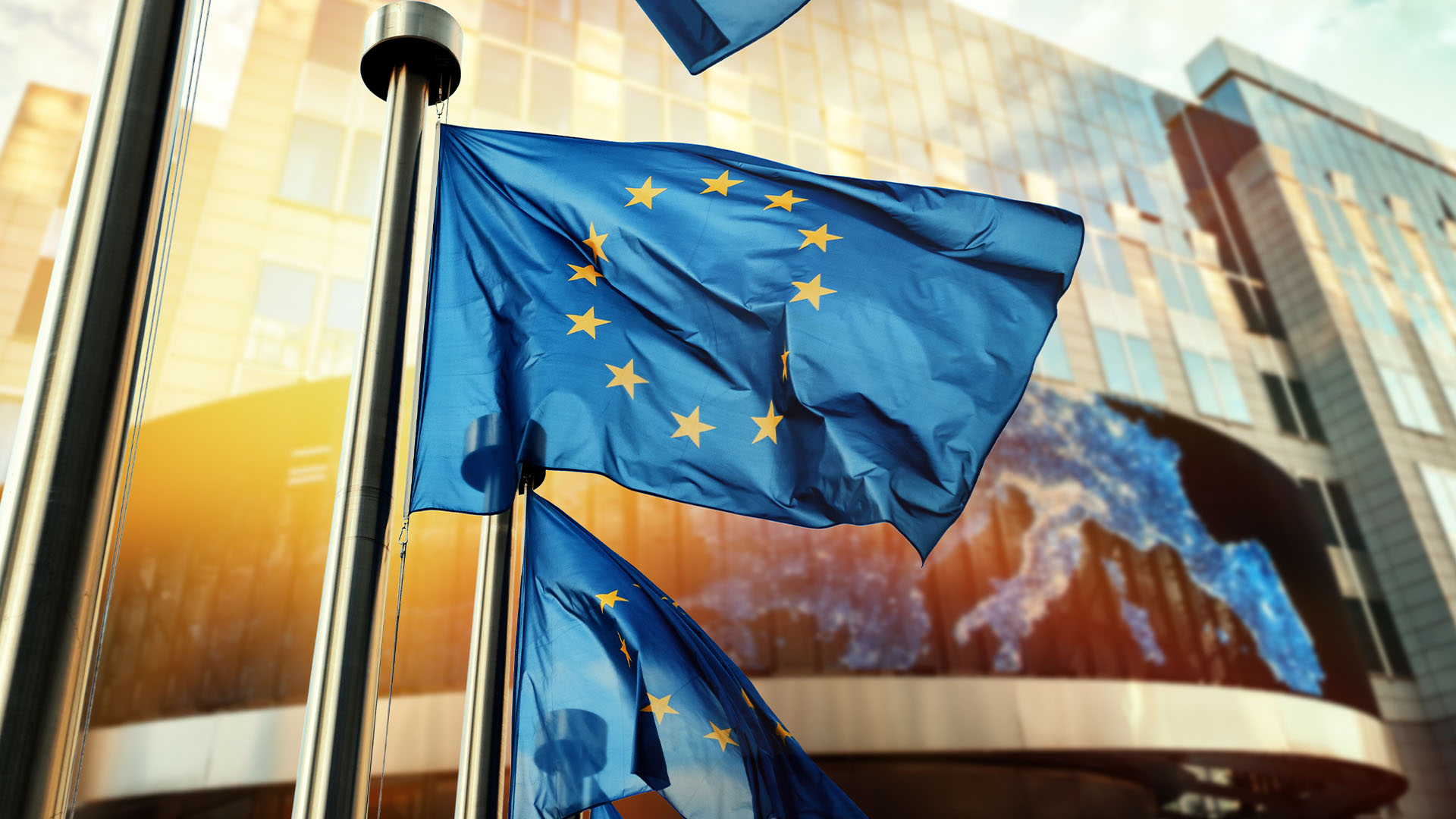
Publication
Insurance regulation in Asia Pacific
Ten things to know about insurance regulation in 19 countries.


Global | Publication | aprile 2021
The EU is very likely to push ahead with creating a carbon border adjustment mechanism, as soon as compliance with WTO rules can be assured.
This summer, the European Commission is due to set out proposals on a Carbon Border Adjustment Mechanism (CBAM). If implemented, CBAM would result in tariffs linked to the cost of emission allowances under the EU emissions trading system (EU ETS) being imposed on carbon-intensive imports into the EU such as steel, cement and chemicals.
In itself, this is significant development. Critically, it may also represent the start of a wider, global movement; President Biden has also pledged to impose carbon adjustment fees on carbon-intensive goods. Here, we look at the drivers for the EU proposals, their likely design and some of the implementation challenges ahead.
CBAM tries to tackle two inter-related issues for the EU. As EU member states significantly increase their ambitions under the Paris Agreement, how does the EU encourage other nations to do the same? Further, as member states implement more ambitious targets within the EU, how can the burden of doing so be shared with sectors that have been partially shielded to date?
From a policy design perspective, CBAM can address both. Firstly, it will create a carbon cost for exporting to the EU that can be mitigated by the implementation of equivalent climate policies in the country of production. Secondly, by applying EU ETS-derived carbon pricing to certain imported goods, the current tools used in the EU to protect the production of such goods from carbon leakage can be reformed.
Carbon leakage refers to the possibility that, due to the costs of climate policy in the EU, industry in the EU will relocate to third countries with no or limited climate policies in place. The existing EU approach to carbon leakage is relevant to understanding the likely design of a CBAM. This has been a fraught issue between EU policymakers and key industrial sectors throughout the history of the EU ETS.
Currently, carbon leakage is dealt with by allocating free emission allowances to sectors at risk (e.g. steel) and by providing compensation for increased energy costs. The relevant product sectors are formalised in an EU Carbon Leakage List, with the level of free allowance allocation tied to emissions performance of the best installations in the relevant sector (known as benchmarks). Sectors that do not benefit from free allocation need to purchase emission allowances either through competitive auctions or the market.
The EU approach to carbon leakage is expected to be reflected in the design of CBAM, which, although not formally issued yet, is likely to involve the following elements:
The final element of the above list is a critical one for European industry. In order to have the best chance of complying with World Trade Organization (WTO) rules, the EU will need to show that the carbon price being applied to imports is equivalent to that being faced by domestically produced equivalents.
For some, particularly the European Parliament, CBAM therefore provides the opportunity to fundamentally reform free allocation under the EU ETS in order to drive industrial decarbonisation through carbon pricing. That is, to apply full carbon pricing to both domestically produced and imported carbon-intensive goods.
However, for many industry groups, CBAM is supported in addition to free allocation, not as a replacement to it. This is likely to be one of the most vexed issues for the European Commission as it tries to translate proposals for CBAM into legislation by 2023. Possible design compromises will need to be seen through the lens of WTO compliance.
WTO disputes regarding trade issues arising from environmental measures date back decades. While WTO rules allow for trade measures to be taken in order to achieve environmental goals, issues often arise from the implementation of the actual measure. Generally, it is necessary to demonstrate that the measure does not discriminate against imports, or between different sources of imports.
Additionally, the outcome of some previous disputes (such as US measures on shrimp and tuna) has been that measures have not been allowed on the basis of their coercive effect on the specific policy decisions of foreign governments. Finding a policy design that addresses these issues is just one of many implementation challenges ahead for the EU.
Other major challenges include: how to translate EU benchmarks designed for free allocation to an EU industry into a per-product import model; how to then apply those fairly and consistently across all trading partners; and how to assess the veracity of third-country certification of a benchmark determination.
Despite these challenges, the EU is unlikely to waver on developing and implementing some form of CBAM. When and at what level will be key; implementation post-2025 and with respect only to certain limited sectors perhaps being the most likely outcomes.
Discussions with trade partners will ramp up following the publication of actual, detailed policy proposals during this summer. While many importers to the EU will focus on pushing against CBAM in its entirety, some may look to negotiated solutions. That will be of key interest if those create alternative means to demonstrate compliance. For example, if a foreign steel producer can access offset credits or use carbon capture, will this be acceptable?
This process of converting EU policy design into reality will be difficult for all stakeholders but could also be the start of an international carbon market needed to deliver the ambitions of the Paris Agreement.

Publication
Ten things to know about insurance regulation in 19 countries.
Subscribe and stay up to date with the latest legal news, information and events . . .
© Norton Rose Fulbright LLP 2025